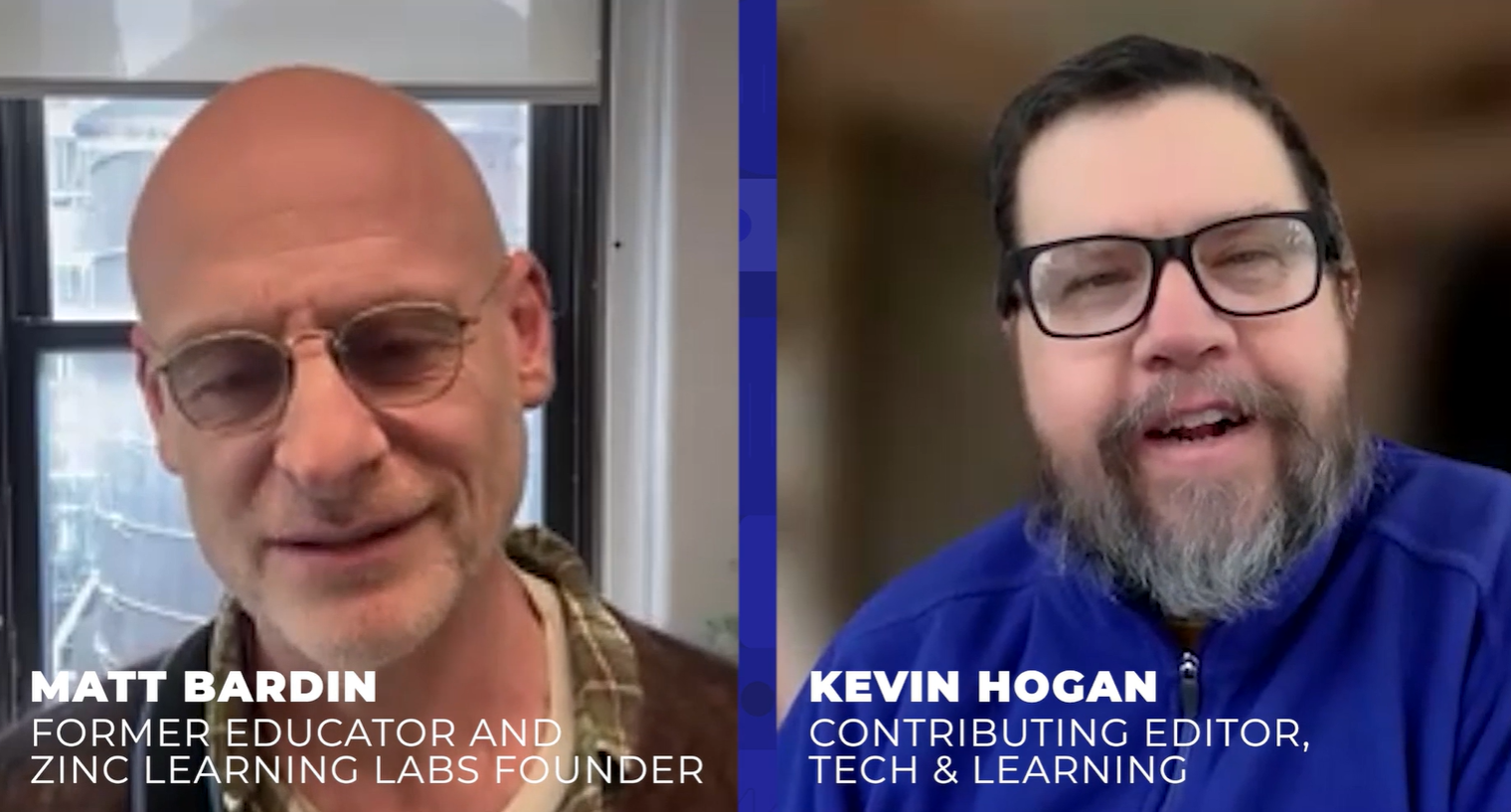How Can Teachers Reduce Bias?
Insights and simple strategies for addressing and reducing teacher bias

The past two years of the global pandemic coupled with heightened civil unrest have caused many educators to question who they are, how they treat others, and how their own values and beliefs impact teaching and learning.
What is Bias and How Can I Reduce It?
Bias is defined as, “a particular tendency, trend, inclination, feeling, or opinion, especially one that is preconceived or unreasoned.”
In the context of education, this means the way we teach and the decisions we make regarding student learning, behavior, discipline, and support are impacted by the bias that we may unconsciously or consciously hold about students based on the demographic groups they are part of (e.g. race, ethnicity, gender, socio-economic status, (dis)ability level, etc.)
Recognize and reduce your potential bias by trying some of these actions.
Acknowledge the Existence and Impact of Your Own Biases
Even the everyday actions we take as teachers can be impacted by bias. For example, Class Dojo is a fun and inviting edtech tool that connects families to student learning. However, when used to document student behavior, how we score our students can be based on the biases that we hold regarding their demographics.
Another example is when and which students we call on to answer questions. Think, do you call on boys in math and science more than girls? You may not do this intentionally but it is possible. Try using a random student selector tool to ensure that you avoid choosing students based on bias.
Be Cautious of Student Files
It is no secret that students are tracked. Every assessment, assignment, and behavior is scored and recorded, year after year. Even Class Dojo records stay with students who are in the same school/school system!
Tools and ideas to transform education. Sign up below.
While the historical information may be helpful in some instances, we must be cognizant that the data may have been impacted by bias. Instead of relying on information in students’ files gathered before you’ve ever met them, get to know each one as an individual from the start of classes. As teachers do, students grow each year and may do things differently based on new knowledge.
Keep an open mind toward equity, and allow students to show you who they are and use their strengths in your teaching.
Ask Questions
It is better to ask than to assume! At the beginning of the year, create a preference inventory for students and families, and include information that can help you learn some of their values, beliefs, and traditions.
Have students record the pronunciation of their names within the LMS, so you do not embarrass them or mistakenly deliver a microaggression by mispronouncing their name. The Namedrop app offers a tool to record and integrate the recording of names into many different online spaces. This can be helpful for you and your colleagues, too.
Ask students where they are from, not just to learn what neighborhood they may reside in, but to find out how you can collaborate with their communities to support learning together. We are all lifelong learners, so continue to learn, grow and develop. Start with building your knowledge base with online content such as this at Tech&Learning; we regularly cover related topics such as digital equity, technoethics, inclusion, and more.
As Angela Davis stated: “I'm no longer accepting the things I cannot change, I'm changing the things I cannot accept.” While many schools are offering anti-bias professional development opportunities that address global and systementic issues, remember, you as a teacher can start your bias recognition and reduction, and contribute to the change.
If you want to take a deeper dive around teacher bias and related content, the first section of Culturally Responsive Teaching Online and In Person focuses on myriad unconscious, implicit, and explicit biases as well as how to eliminate microaggressions that you may, even unknowingly, elicit toward your students.
Dr. Stephanie Smith Budhai is faculty member in the College of Education and Human Development at the University of Delaware, focusing on Educational Technology, Learning Design, and Justice-centered Pedagogies. She holds two national education technology leadership positions on the Information Technology Council and as Chair of the Culture and Climate Committee for the Society for Information Technology and Teacher Education (SITE). She holds a Ph.D. in Learning Technologies, and a M.S. in Information with a specialization in Library and Information Science, and K-12 teaching certifications in Technology Education, Instructional Technology and Business, Computers, Information Technology, Special Education and Elementary Education. Dr. Smith Budhai is the 2021 SITE Emerging Leader and the 2017 ISTE Awardee for Excellence in Teacher Education. She is also a Nearpod, and VoiceThread Certified Educator. Dr. Smith Budhai has more than a decade of online teaching experience, and has published myriad books (two have been translated into Arabic), articles, and invited editorials surrounding the use of technology and online learning in education. A few of her book publications include:
- Critical AI in K-12 Classrooms: A Practical Guide for Cultivating Justice and Joy
- Best Practices in Engaging Online Learners through Active and Experiential Learning Strategies
- Leveraging Digital Tools to Assess Student Learning
- Nurturing Young Innovators: Cultivating Creativity in the Classroom, Home and Community
- Increasing Engagement in Online Learning: Quick Reference Guide
